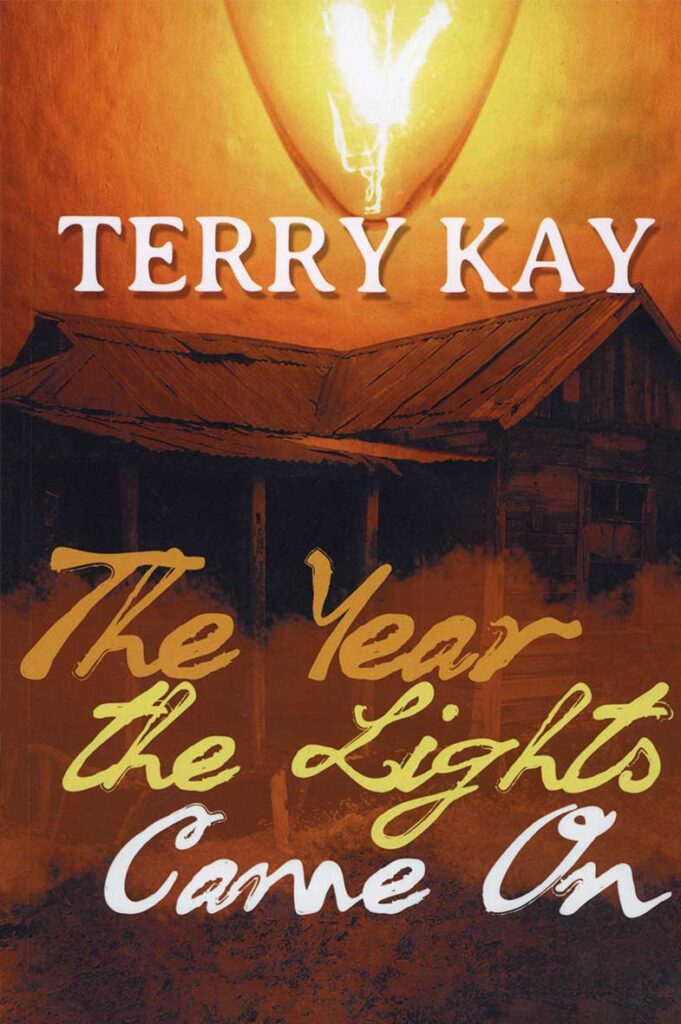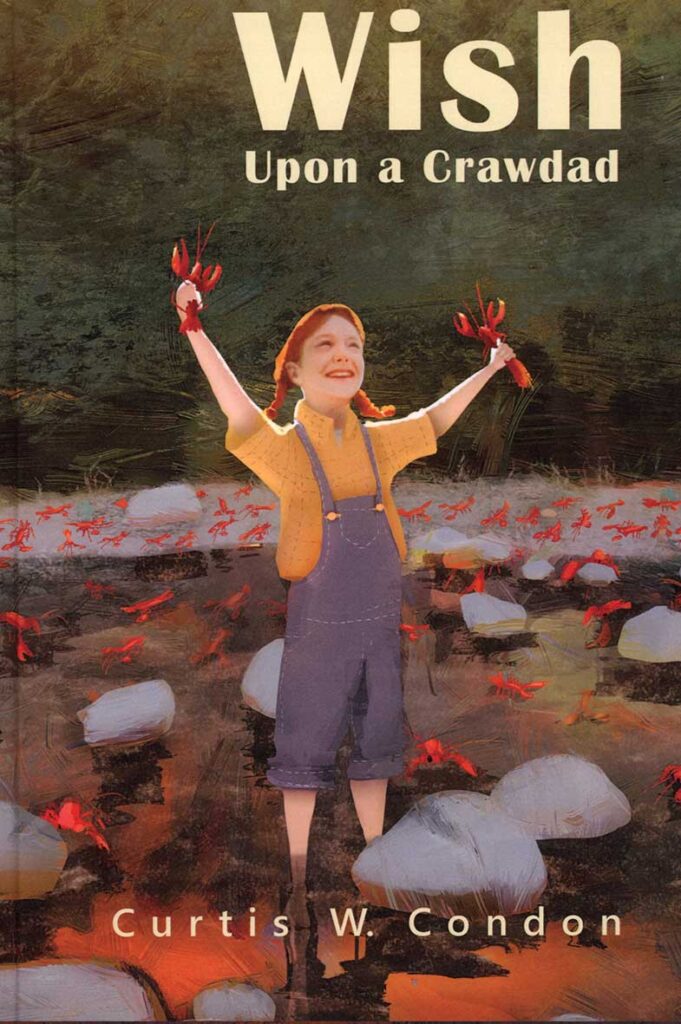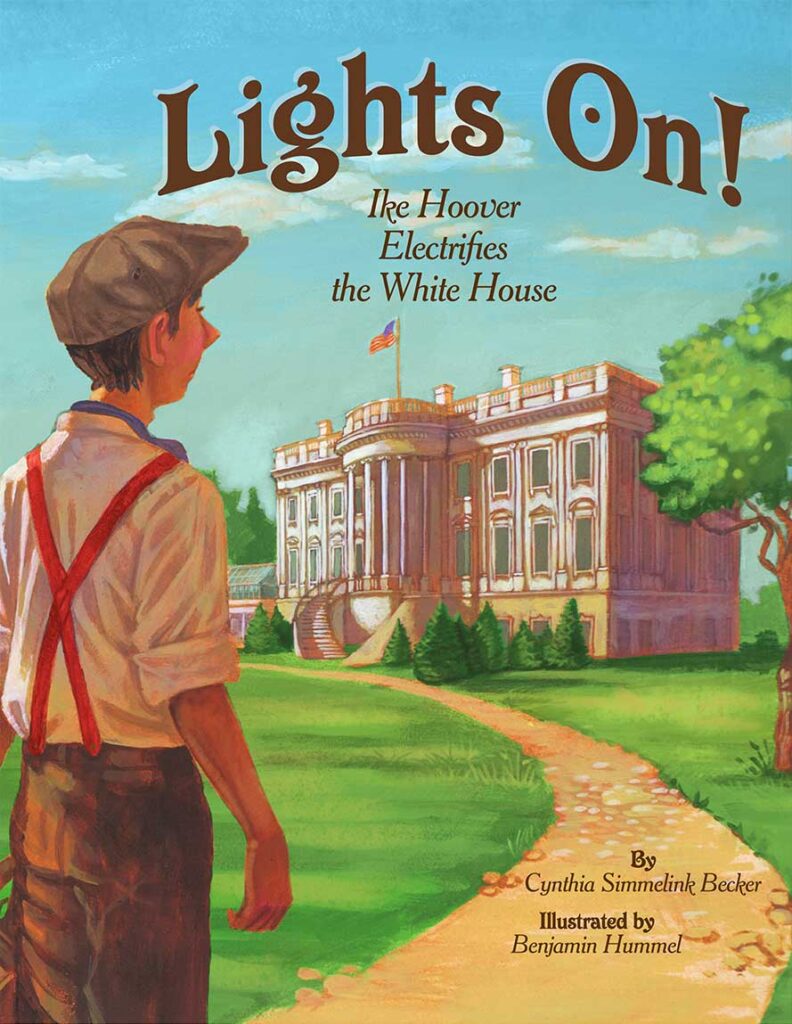By Amy Higgins
Electricity is responsible for our hot morning coffee and daily meals. It keeps us cool under the sizzling sunshine and warm in wintry weather. And in the 21st century, the advancements go several steps further: Electricity delivers news and messages to the palms of our hands, quickly charges our vehicles and tools and stores critical information. And the innovations keep coming. Who knows what the future holds with the power of electricity? Electric books for kids help demonstrate how electricity came to be and how it has grown into the powerhouse it is today.
When we explain to our younger generations how life worked without the instant access we have to electricity today, it can sound like far-fetched fiction. Yet, for some of our older population, life without electricity was indeed the narrative in their youth, particularly for those living in rural communities.
As time goes on, there will be fewer recollections of life without electricity, so recorded accounts are valuable. Colorado Country Life is bringing to light three electric books for kids that will help young readers learn some of America’s history with electricity with the added perk of amusing anecdotes.
Electric Books for Kids: Fiction

THE YEAR THE LIGHTS CAME ON
By Terry Kay
The boys in the Our Side Gang are befuddled by the big-time clash between them and the Highway 17 Gang, until Colin Wynn, the narrator of the story, gets the skinny from his older brother Wesley.
It’s electricity. “Bingo!” 12-year-old Colin thinks. By golly, electricity must be the source of the social upheaval that overshadows him and his friends — all the folks of the rural Georgia town, in fact.
With their lickety-split lighting-speed, cushy kitchen appliances and fancy farm equipment, electricity brought power (literally and figuratively) and privilege to their neighbors on the other side of Highway 17, while the Our Side Gang and their rural town of Emery was left in the dark. But the Rural Electrification Administration was coming to Emery, and that will change everything. Colin is sure of it.
The Year the Lights Came On by Terry Kay takes readers along for the adventures, skirmishes and difficulties that the Our Side Gang encounters in 1947 and highlights the strength of steadfast friendships through Colin’s narrative. The Highway 17 Gang harbors ill-conceived notions that the Our Side Gang is “less than” simply because they light their homes with candles and oil lamps rather than incandescent lightbulbs and wash their clothes by hand instead of an electric washing machine.
The Year the Lights Came On is a coming-of-age tale with the REA’s arrival to the rural town of Emery thinly veiled in the storyline. Kay’s character development is compelling as he paints pictures throughout the book with great use of the five senses as well as humor. Originally published in 1976, Kay reworked the novel in 2007 to tighten it up and make it “appropriate for any age group.” With the latter in mind, readers should take note that there are terms in the book that may have been typical in the 1940s but are considered offensive in 2023.

WISH UPON A CRAWDAD
By Curtis W. Condon
Ruby Mae Ryan is a feisty 12-year-old girl living on a farm with her family in rural Oregon. The hard-working townspeople in their community created an alliance and have been busy hoisting poles, draping wires and boring holes into the structures of homes and buildings for electrical outlets. They call this group an REA, a rural electric association, and it is owned by the entire town with one goal in mind: to bring electricity to an area where municipal power plants refuse to venture.
Ruby can’t wait. Her best friend Virginia and her friend-turned-nemesis Mary Belle have had electricity in their nearby town for a while now, so Ruby knows what she was missing: a real-life stove, lights that illuminate a whole room, and washing machines that clean clothes immaculately. Ruby has worked earnestly to save money for when the lights come on — several oddball jobs, but none as lucrative as her crawdad-catching business — to buy something particularly special, but she doesn’t want to jinx it by saying it out loud.
In Wish Upon a Crawdad, young readers will take a journey with strong-willed Ruby as she navigates friendships, friction, flubs and ferreting out crawdads — that is, if she can find them before her wish slips away from her grasp. Targeted toward middle schoolers, Wish Upon a Crawdad is a sweet tale of a red-headed spitfire who will stop at nothing to make her wish come true, with many stumbles along the way.
Electric Books for Kids: Historical Rendering

LIGHTS ON! IKE HOOVER ELECTRIFIES THE WHITE HOUSE
By Cynthia Simmelink Becker
Illustrated by Benjamin Hummel
In 2019, CCL reviewed and wrote about Lights On! Ike Hoover Electrifies the White House, but with its delightful illustrations, elaborate research and industry-appropriate information, it bears repeating.
Lights On! takes young readers through the steps it took for Ike Hoover (not to be confused with President Herbert Hoover) to ready the White House for electric lighting. Throughout the story, Hoover navigates the impressive building though the rafters and walls to install electrical wiring, and along the way builds relationships with the White House staff, including a rapport with President Benjamin Harrison.
The late Cynthia Simmelink Becker (author and Pueblo resident) pulled out all the stops researching and writing this book for young readers. It was important to Becker that she emphasize the fashion, technology and architecture of the era.
The most challenging aspect, she said, was locating real-life representations of the electrical equipment of the late 19th century. After extensive online research and numerous phone calls, she ultimately discovered that one of Edison’s 1890s turbines was on display at the Western
Museum of Mining and Industry in Colorado Springs, an invaluable revelation and resource for her book.
Illustrator and native Coloradan Benjamin Hummel revealed the ornate details of the White House and characters with vibrant depictions, and even cleverly concealed his signature bumblebee — an homage to his last name, which translates as “bumblebee” in German — throughout the story. While written for third- to fifth-graders, older bookworms will likewise get a charge out of Lights On!
Amy Higgins is a freelance writer who has reported on issues that affect electric cooperative consumer-members and their surrounding environments for more than a decade.









